Mercury will be at its greatest western elongation on October 25.
Mercury is at greatest western elongation on October 25 2021, giving the best view of the Solar System’s smallest planet. Here’s your guide to see it shine.
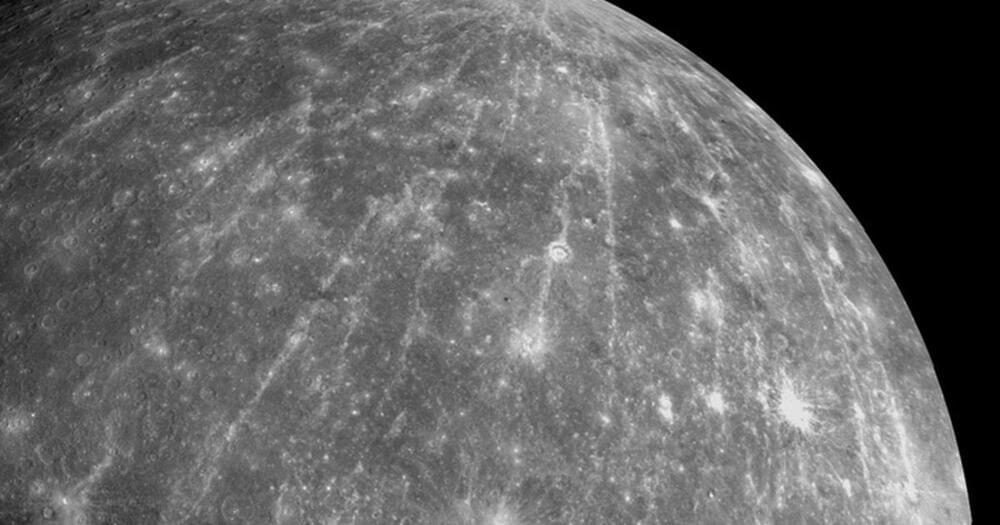

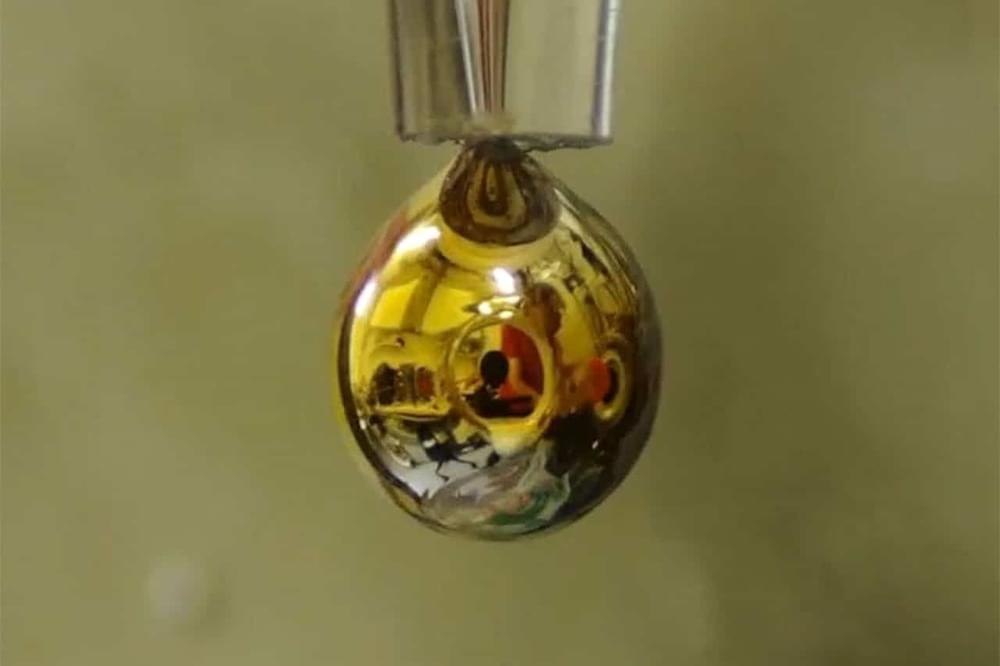
It is a well-known fact that pure, distilled water is an almost perfect insulator and does not conduct electricity. It consists of H2O molecules that are loosely linked to one another via hydrogen bonds. However, any impurities, like salts, in the water enable it to conduct electricity. To create a conduction band with freely moving electrons, water would have to be pressurized to such an extent that the orbitals of the outer electrons overlap, something that only exists deep inside of large planets such as Jupiter.
Now, a team of researchers from 11 institutions around the world have used a completely different approach to create metallic water for the first time. They have achieved that feat by forming a thin layer of gold-colored metallic water on the outside of a droplet of liquid metal and documented this phase transition at the BESSY II facility in Berlin.
The key to the breakthrough was to pair the water with alkali metals, which release their outer electron very easily.
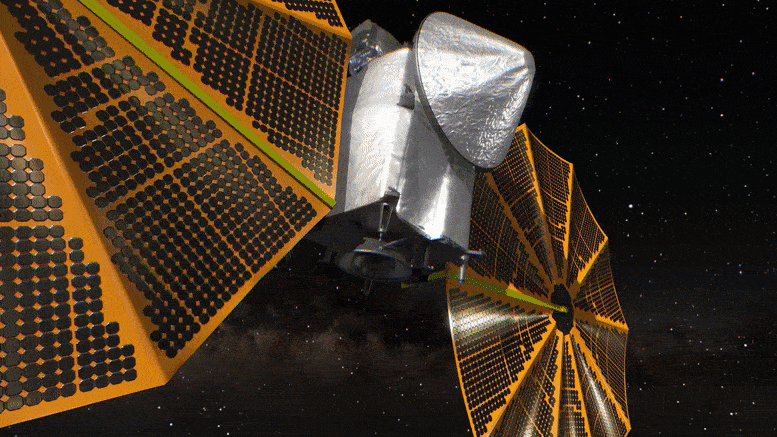
Called “Trojans” after characters from Greek mythology, most of Lucy’s target asteroids are left over from the formation of the solar system. These Trojans circle the Sun in two swarms: one that precedes and one that follows Jupiter in its orbit of the Sun. Lucy will be the first spacecraft to visit the Trojans, and the first to examine so many independent solar system targets, each in its own orbit of the Sun.
Lucy gets its name from the fossilized human ancestor, called “Lucy” by her discoverers, whose skeleton provided unique insight into human evolution. Likewise, the Lucy mission will revolutionize our knowledge of planetary origins and the formation of the solar system.
Studying Jupiter’s Trojan asteroids up close would help scientists hone their theories on how our solar system’s planets formed 4.5 billion years ago and why they ended up in their current configuration. “It’s almost like we’re traveling back in time,” said aerospace engineer Jacob Englander, who helped design Lucy’s trajectory while working at NASA’s Goddard Space Flight Center in Greenbelt, Maryland.
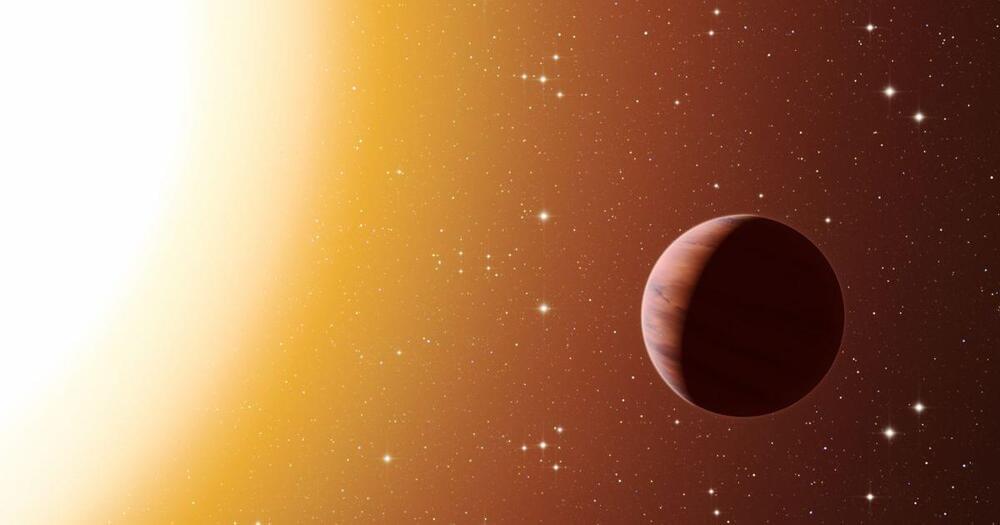

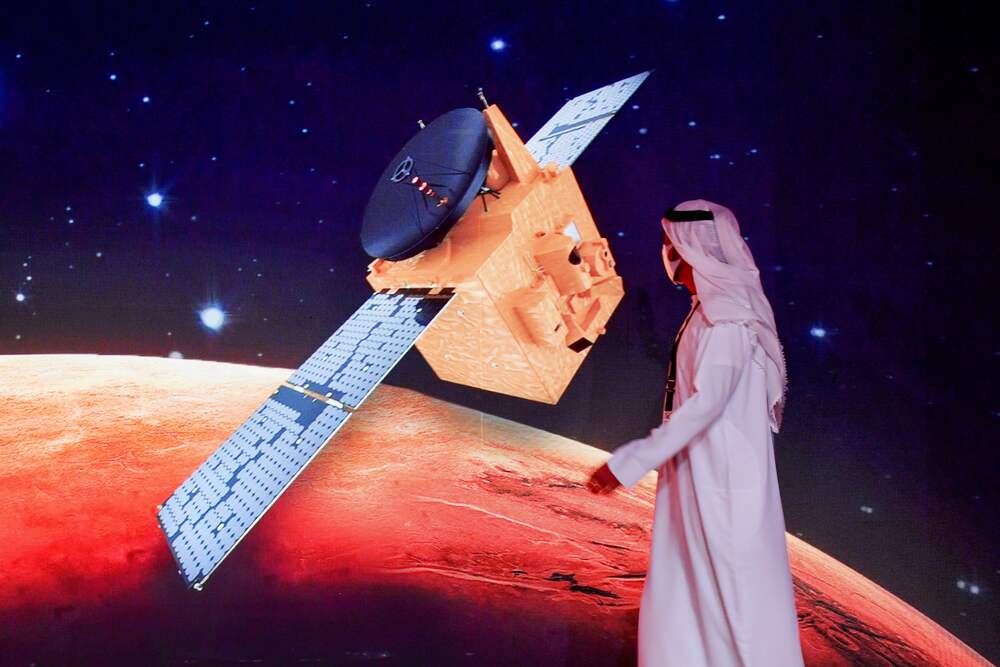
Bloated lakes burst their walls billions of years ago to shape the red planet we see today.
